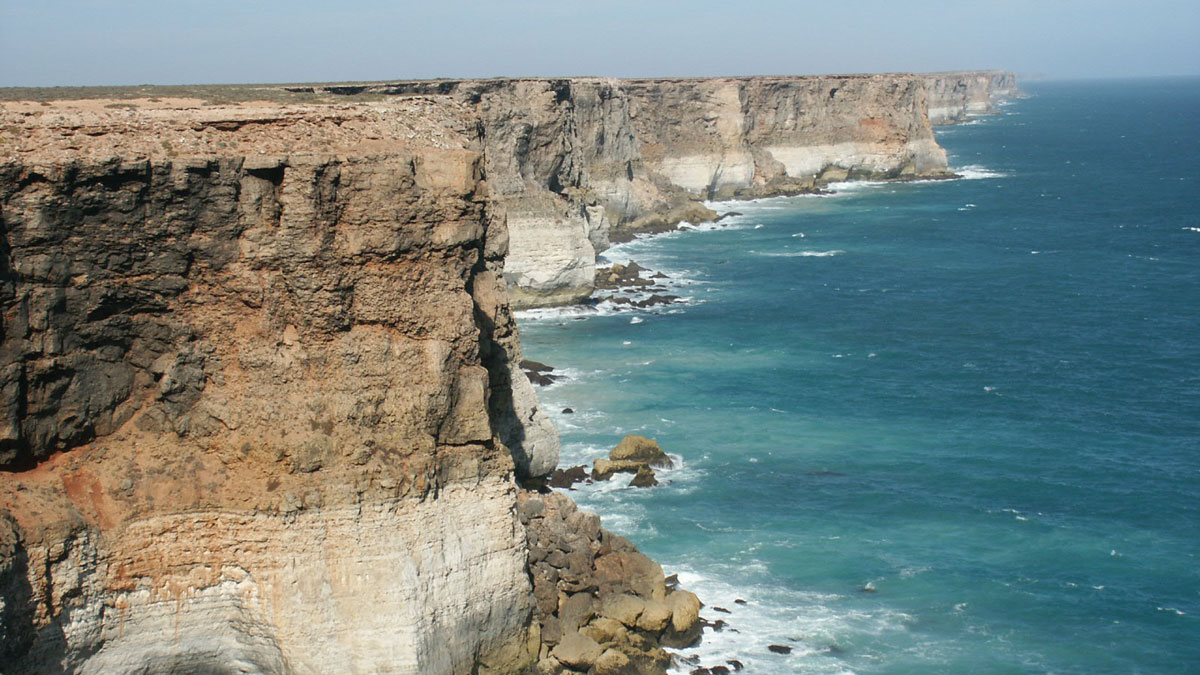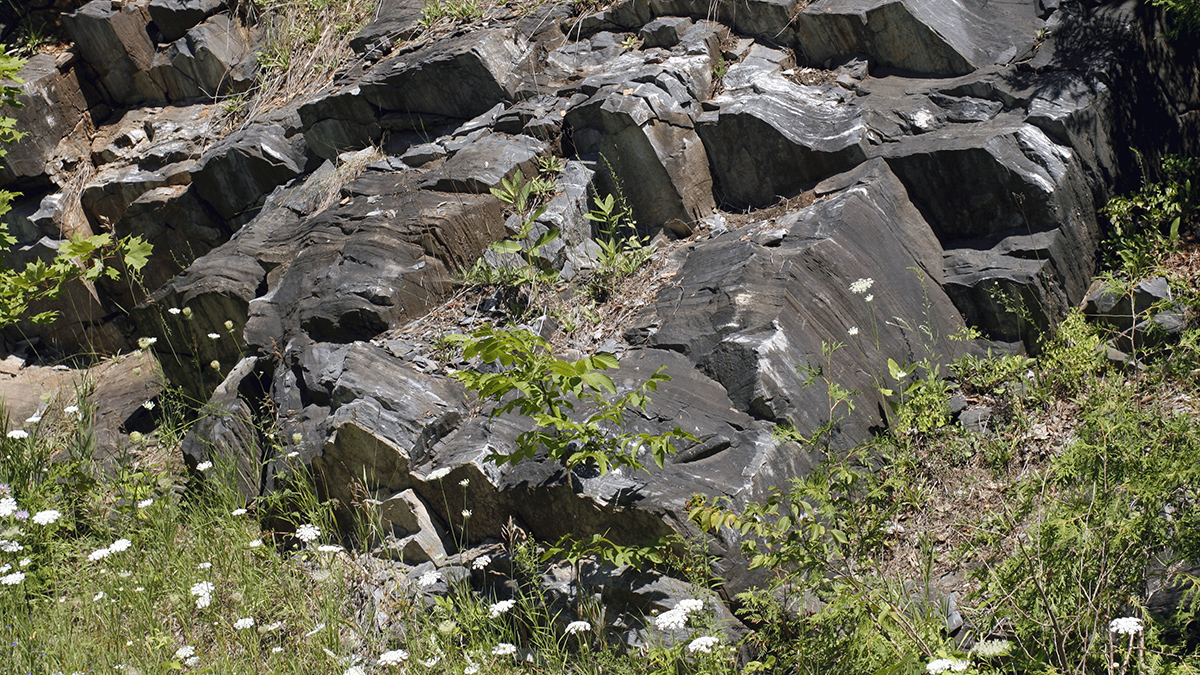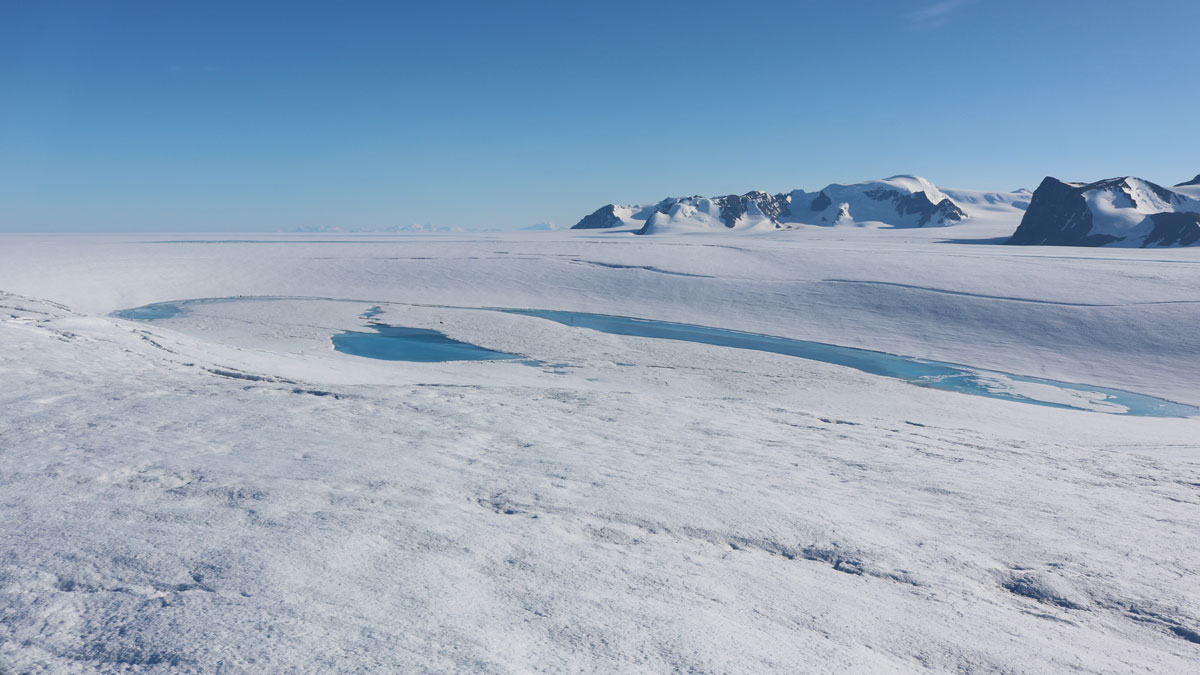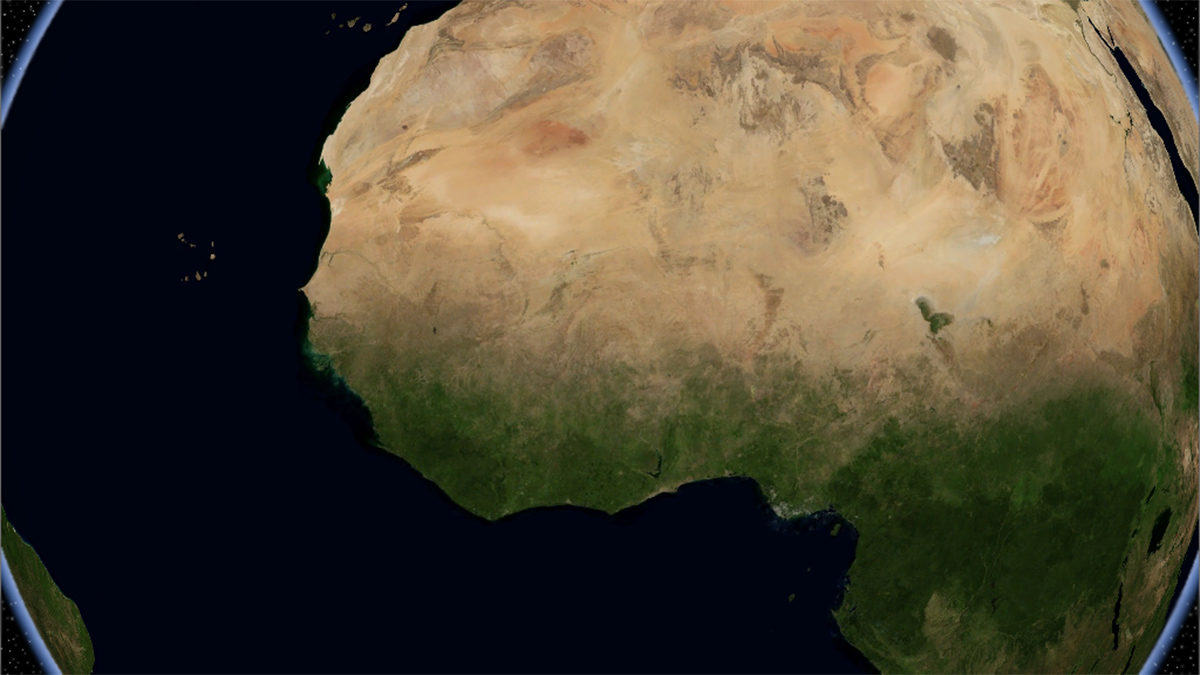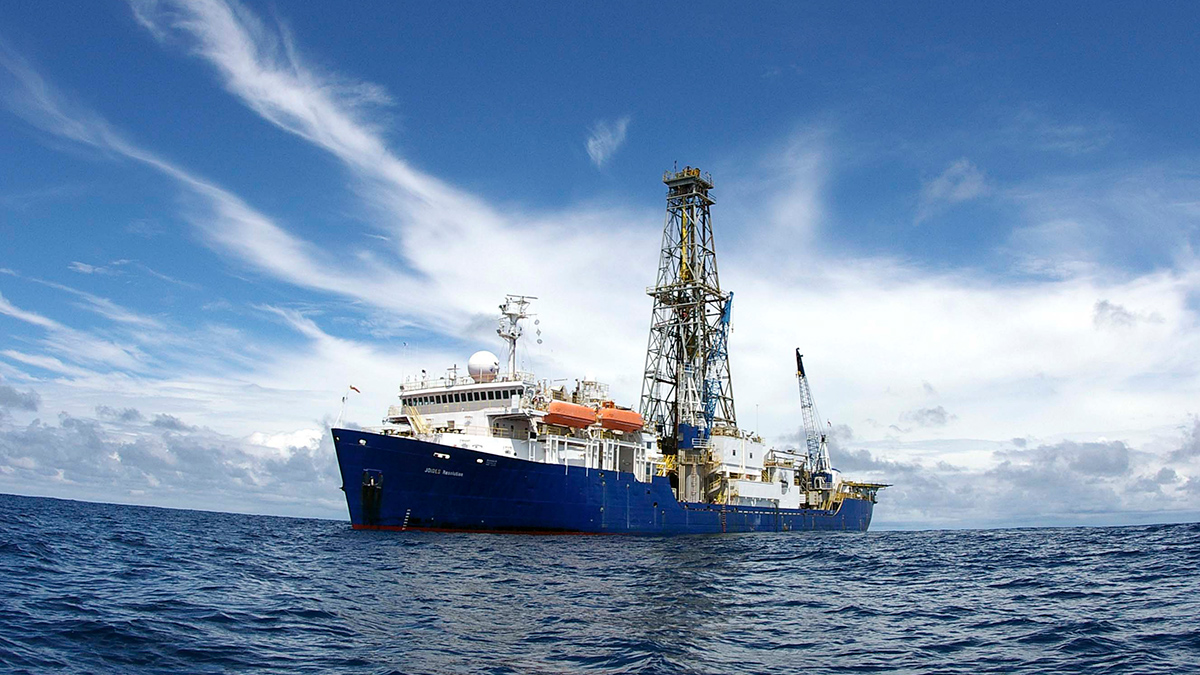A new study reveals that precipitation could boost the iconic river’s flow in the next couple of decades despite the deleterious effects of warming temperatures due to climate change.
Earth science
Cómo los movimientos del manto dan forma a la superficie terrestre
Dos nuevos conjuntos de datos ayudan a los investigadores a separar las influencias de la tectónica de placas y el movimiento del manto en la topografía de la superficie.
Toxic Metal on the Rise in the Baltic Sea
Postwar reconstruction is likely the cause of elevated thallium levels, but low-oxygen, high-sulfide conditions keep the material, which is extremely dangerous to mammalian health, from moving into the human food chain.
Radioactive Sediments May Have Built Earth’s Cratons
Weathering of the earliest continents could have set in motion the formation of cratons, the immutable roots of continents.
Antarctic Ice Doughnuts May Hold the Key to Shelf Collapse
The first direct record of ring fractures in Antarctic ice shows how the phenomenon could cause rapid ice shelf collapse.
¿El secreto para imitar fallas naturales? Plexiglás y teflón
Investigadores encontraron una manera eficaz para producir un comportamiento de fallas natural en el laboratorio.
Agricultural Lands Are Losing Topsoil—Here’s How Bad It Could Get
A new study says topsoil erosion is likely to increase under climate change, though policy changes now could help stem the loss.
How Tiny Cracks Lead to Large-Scale Faults
Researchers could soon gain new insights into fault development in Earth’s brittle crust, thanks to a computational approach that harnesses experimental observations of microscale rock damage.
Ancient Crustal Weaknesses Contribute to Modern Earthquakes in West Africa
Researchers dive into the mechanisms and stresses that trigger earthquakes along the passive margin and interior of the continent.
The JOIDES Resolution Embarks on Its Final Expedition
On the ship’s last cruise, scientists will collect data to help predict future effects of climate change.


